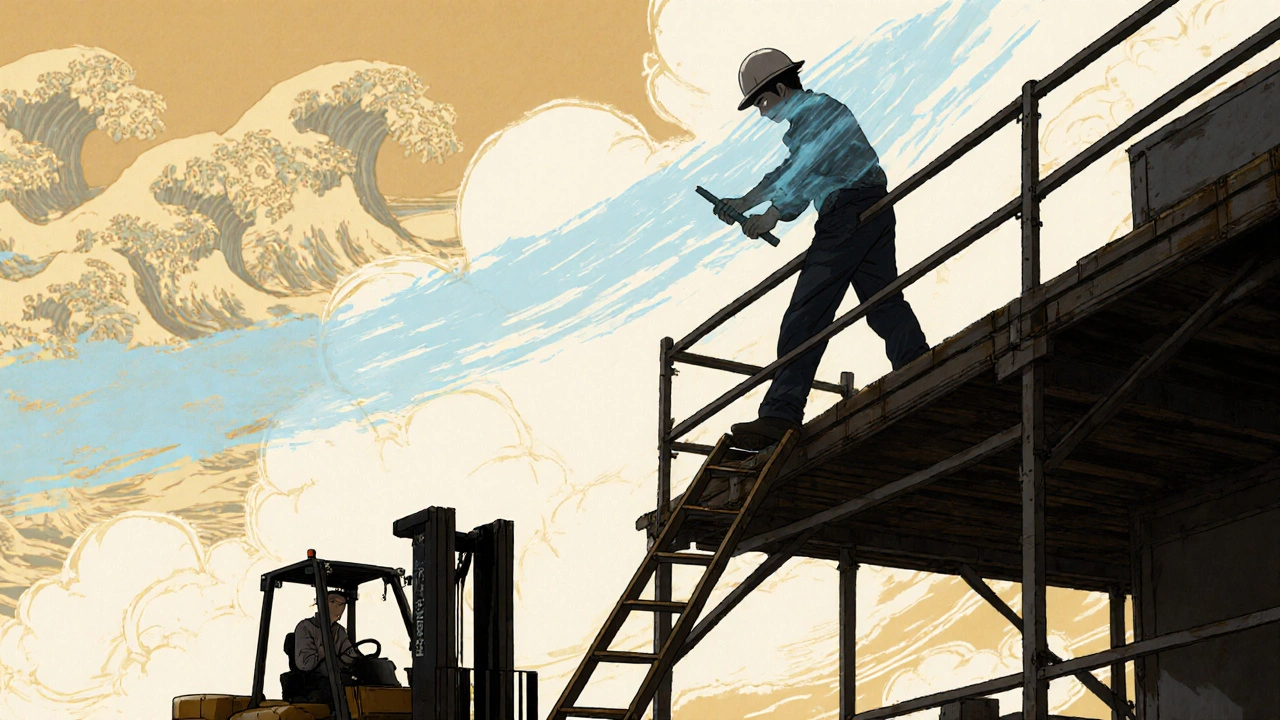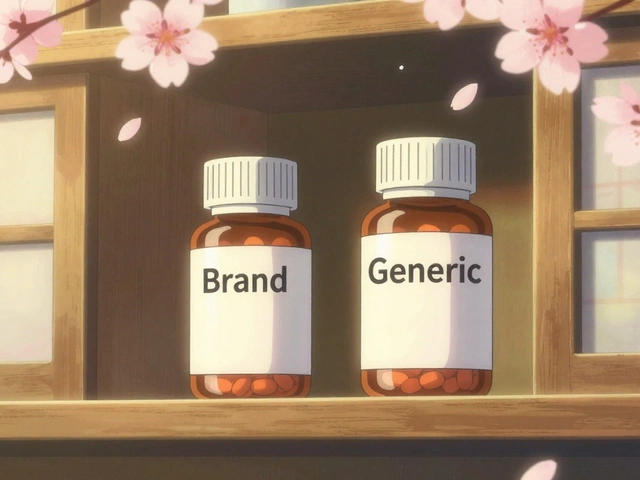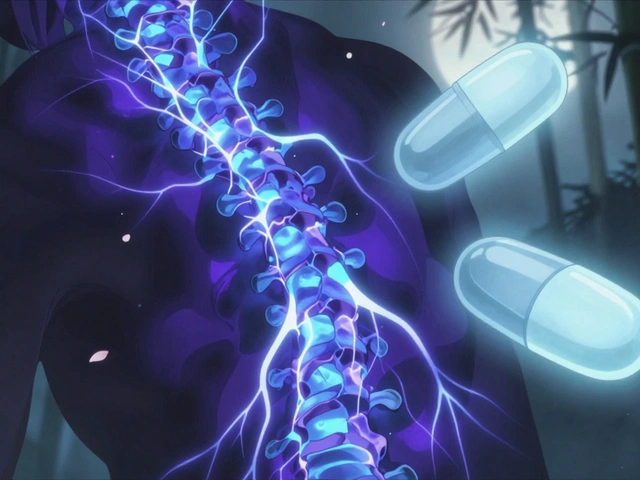NIOSH Hazardous Drugs: What You Need to Know About Handling and Safety
When you hear NIOSH hazardous drugs, a list of medications identified by the National Institute for Occupational Safety and Health as posing serious health risks to healthcare workers through exposure. Also known as hazardous drugs, these are not just strong medicines—they’re potential threats to anyone who handles them daily. This includes nurses, pharmacists, pharmacy techs, and even cleaning staff in hospitals and clinics. These drugs aren’t dangerous because they’re powerful—they’re dangerous because they can be absorbed through the skin, inhaled, or ingested accidentally during routine tasks like preparing doses or disposing of waste.
The NIOSH list, an updated, publicly available catalog of drugs with carcinogenic, teratogenic, or other toxic properties is your go-to reference. It includes chemotherapy agents like cyclophosphamide and methotrexate, but also hormones, antivirals, and even some pain meds. These drugs don’t just hurt patients—they can harm the people who prepare and give them. Studies show that healthcare workers exposed to these drugs over time have higher rates of reproductive issues, skin rashes, and even certain cancers. That’s why hazardous drug handling, the set of safety protocols designed to minimize exposure during preparation, administration, and cleanup isn’t optional—it’s essential.
You won’t find these drugs on a shelf labeled "Danger." They look like any other pill, liquid, or injection. But the risk is real. A spilled vial, a needlestick, or even dust from a crushed tablet can be enough to cause harm. That’s why proper gloves, ventilation, and spill kits aren’t just nice to have—they’re the difference between a safe shift and a long-term health problem. And it’s not just about following rules. It’s about knowing which drugs are on the list, understanding how exposure happens, and asking for help when procedures feel rushed or unsafe.
The posts below cover practical ways to stay protected: how to verify if a drug is on the NIOSH list, what protective gear actually works, how to handle spills without putting yourself at risk, and why some hospitals still get it wrong. You’ll also find real stories from staff who’ve dealt with exposure, tips for training new team members, and how to push for better safety culture when your workplace cuts corners. This isn’t theory—it’s what keeps you alive and healthy on the job.
Medications and Work Safety: Risks for Workers on Prescription Drugs and Those Handling Hazardous Drugs
Prescription medications and hazardous drug exposure pose serious workplace risks. Learn how opioids, benzodiazepines, and chemotherapy agents affect worker safety - and what employers and employees can do to prevent injury and illness.






